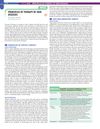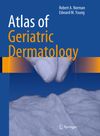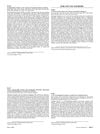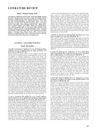Malassezia Infection: Is There Any Chance or Necessity in Refractory Acne?
March 2010
in “
Chinese medical journal/Chinese Medical Journal
”
TLDR Malassezia infection may cause refractory acne, and antifungal treatments can help.
The study investigated the role of Malassezia furfur (M. furfur) in refractory acne, particularly in patients unresponsive to traditional acne treatments. Despite inconclusive KOH examination results, antifungal treatments (oral itraconazole and topical naftifine and ketoconazole) significantly improved acne symptoms, suggesting a potential role of M. furfur in refractory acne. The study highlighted the need for further research into the pathogenesis of acne involving M. furfur, especially given its prevalence in sebum-rich areas and its association with conditions like folliculitis. The findings indicated that mixed infections and improper treatments might exacerbate acne, emphasizing the importance of accurate diagnosis and appropriate treatment strategies. Effective treatments for Malassezia infection involved both topical and oral antifungal agents, with oral treatments like ketoconazole and itraconazole being more effective for deep follicle infections. The document emphasized the importance of early diagnosis and appropriate antifungal therapy to improve outcomes, noting that traditional acne treatments often worsened the condition. Close patient follow-up and psychological counseling were recommended due to the prolonged treatment duration and frequent relapses.




